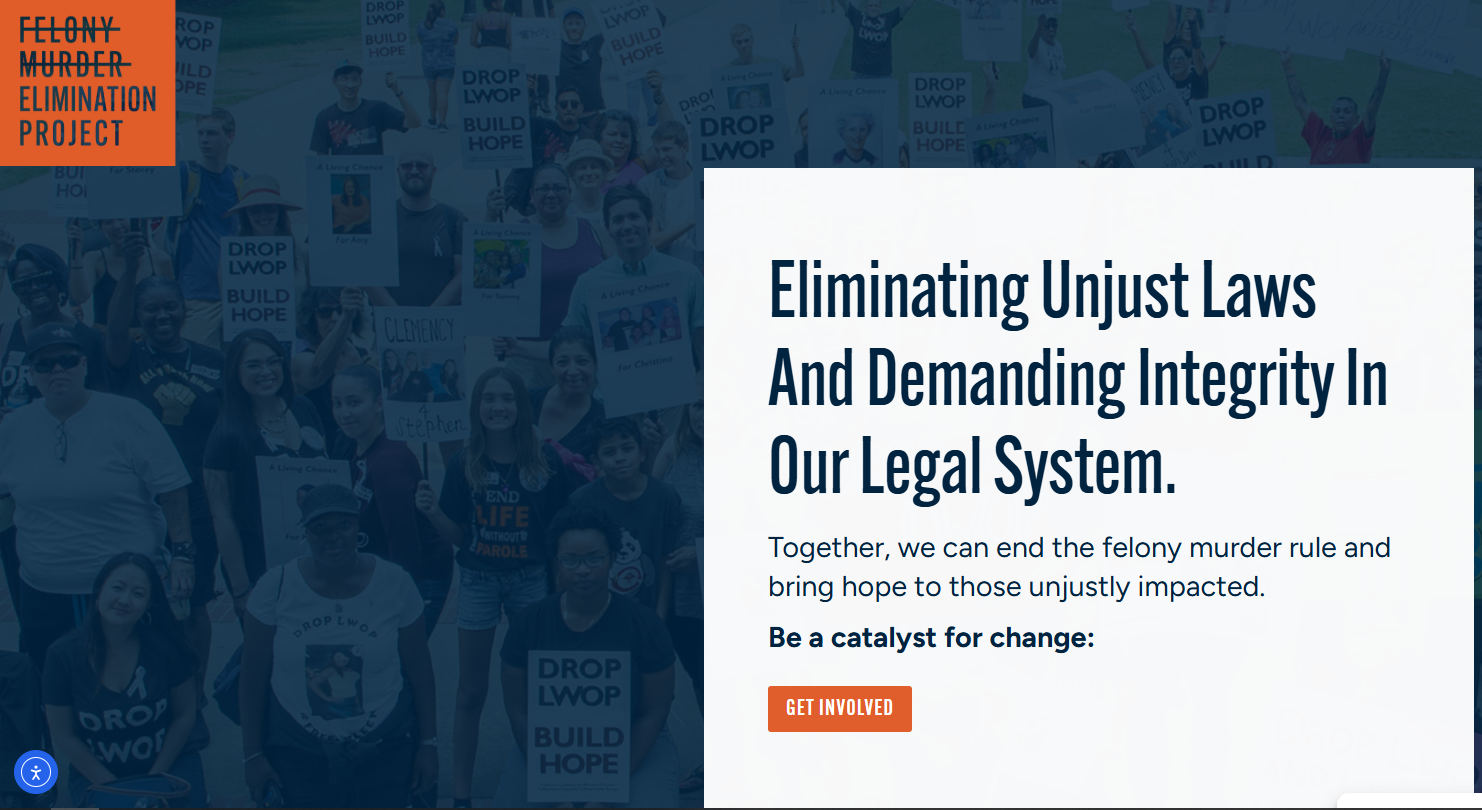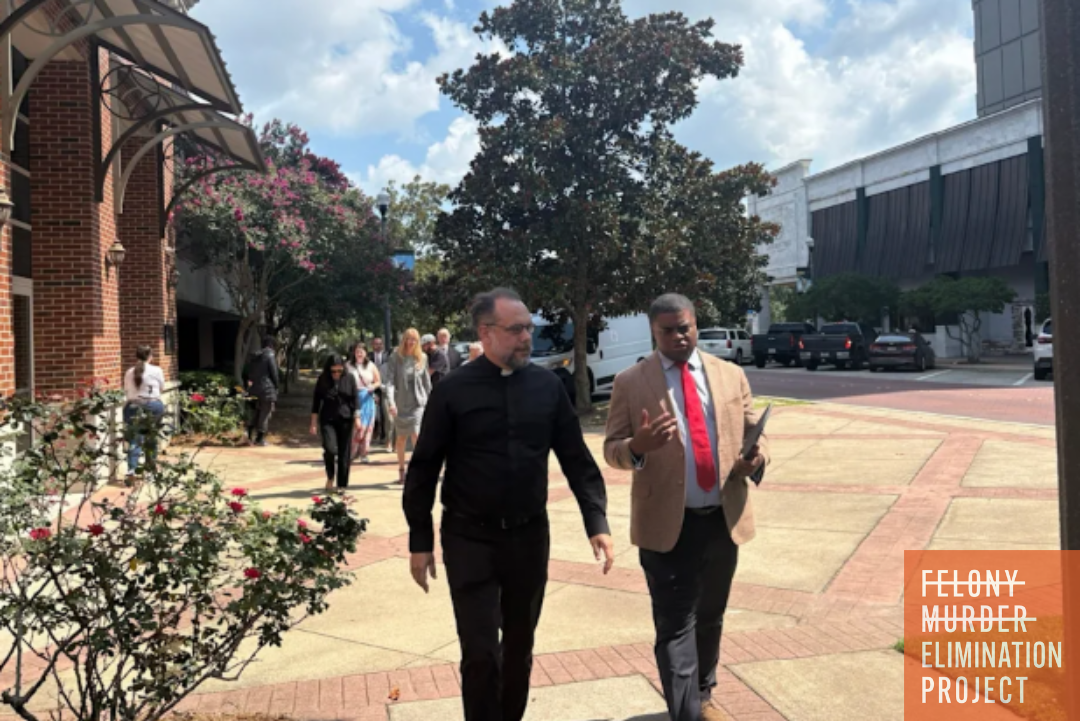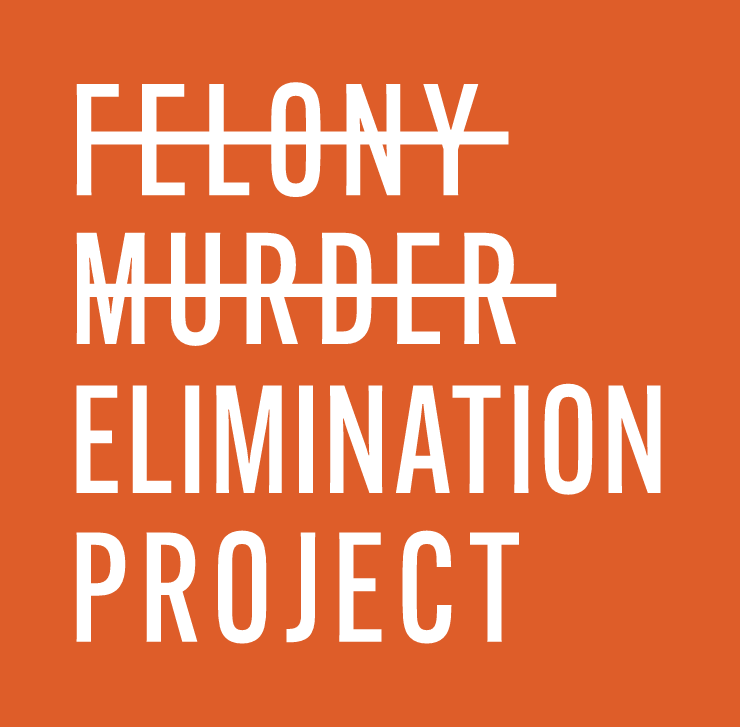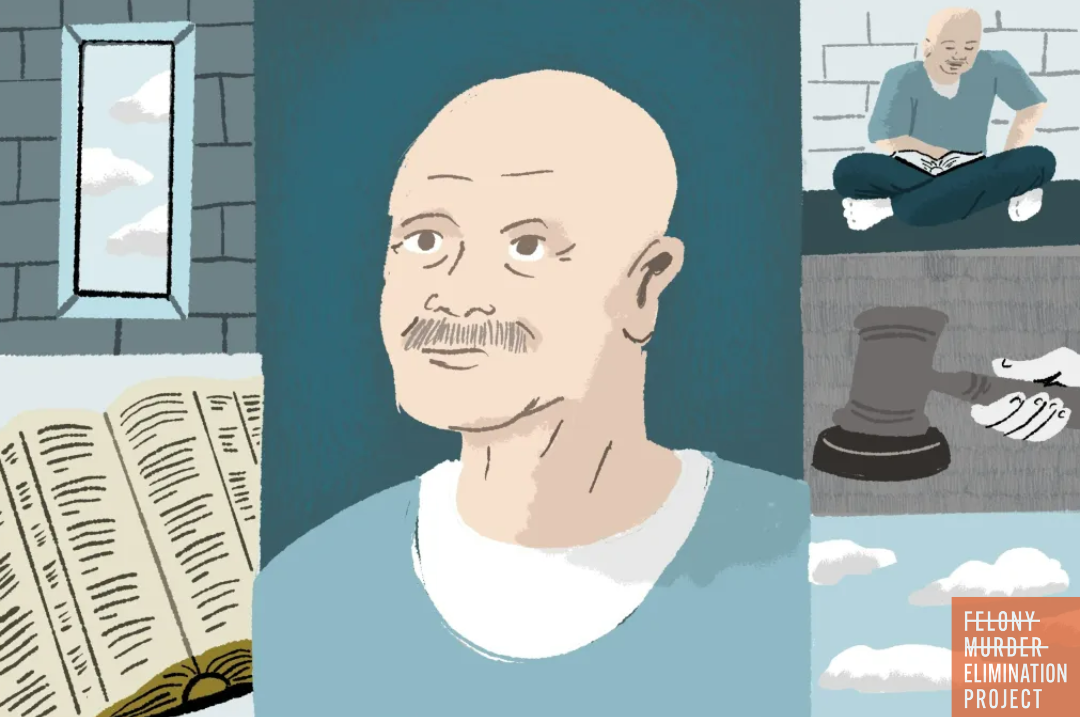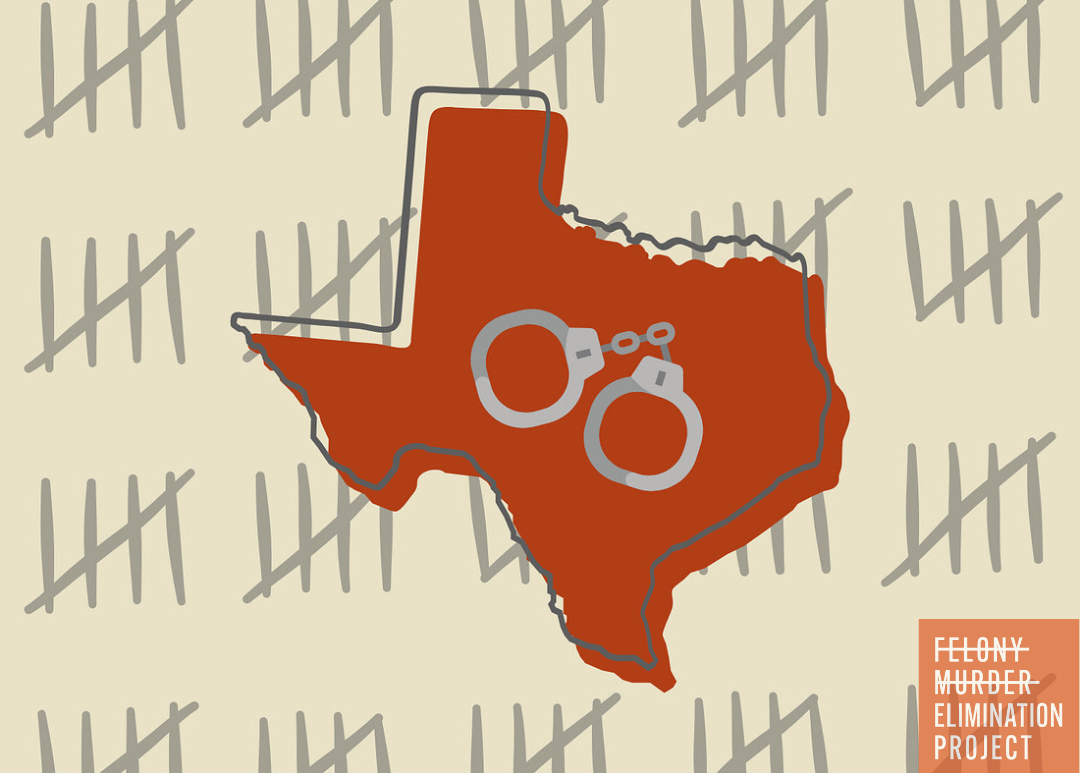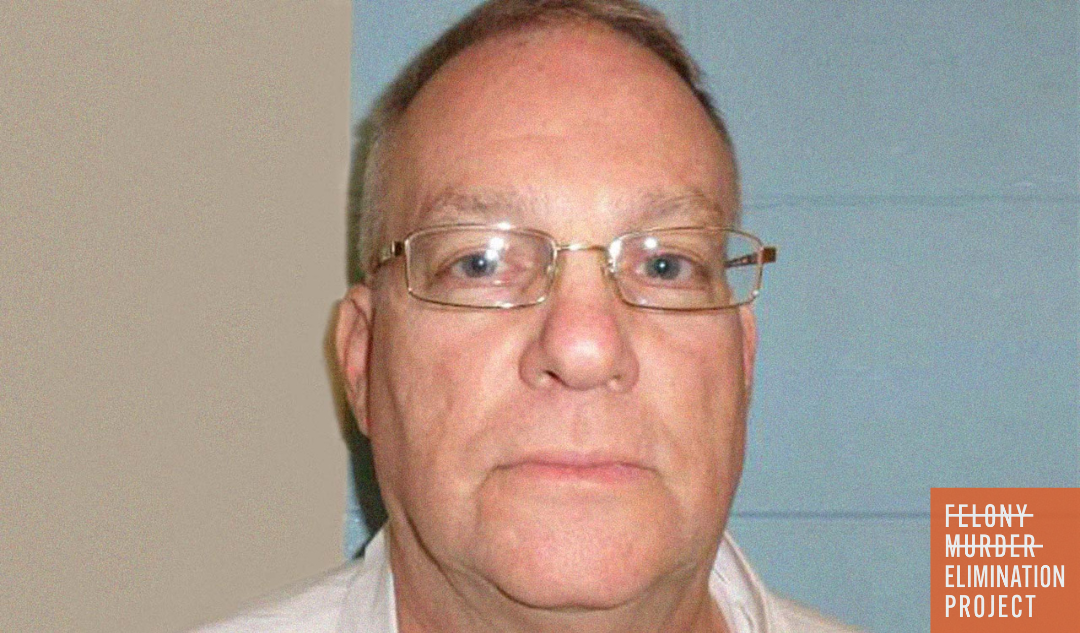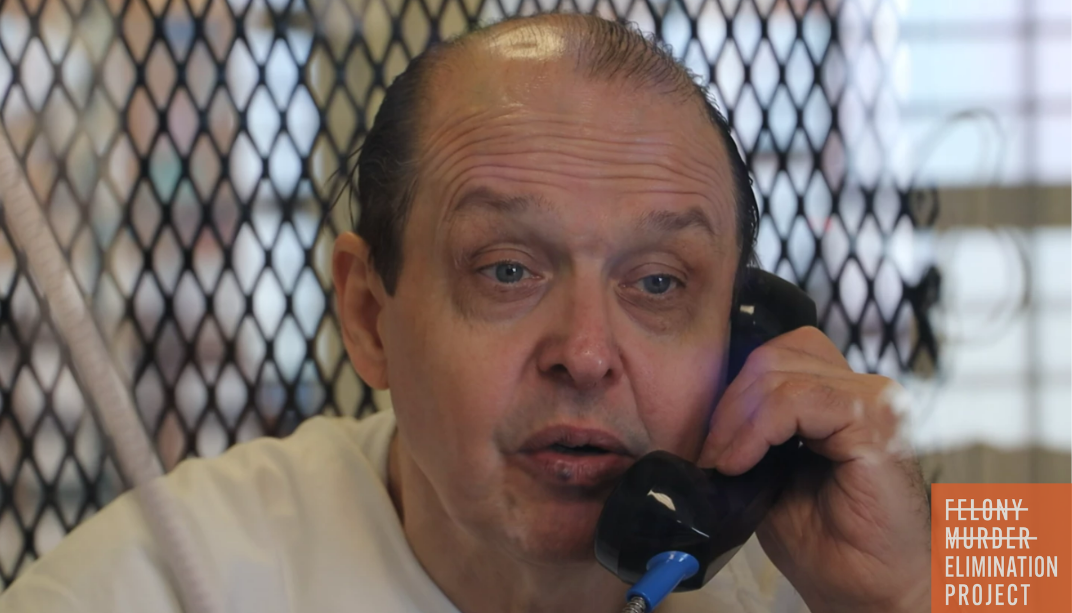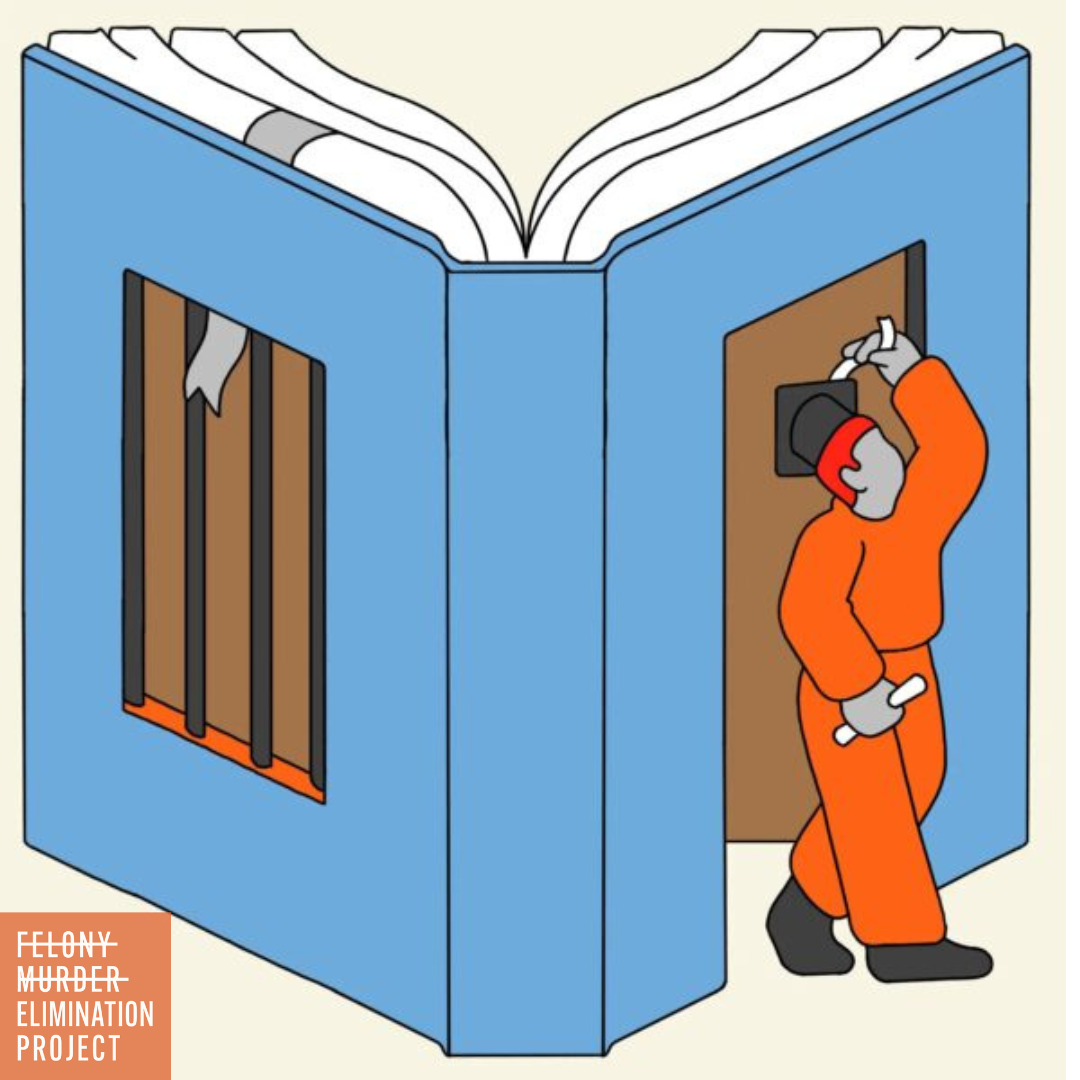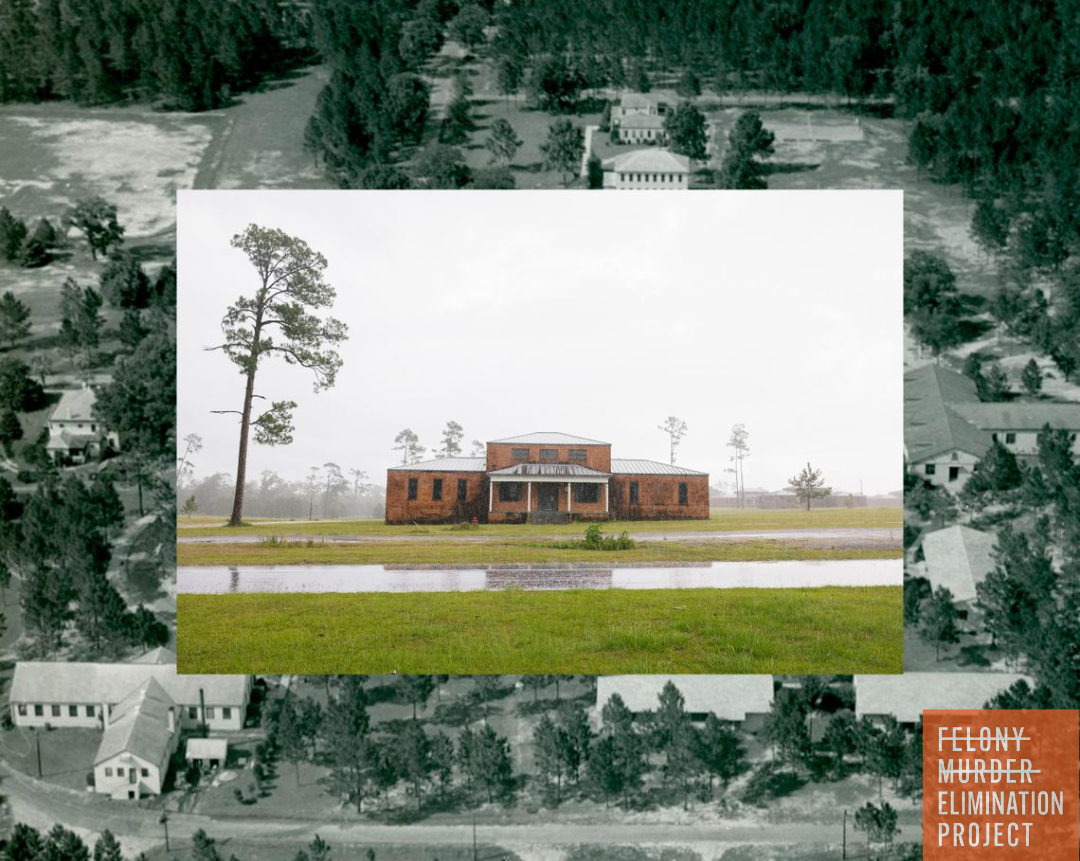Help Support AB 1231; Safer Communities through Opportunities Act
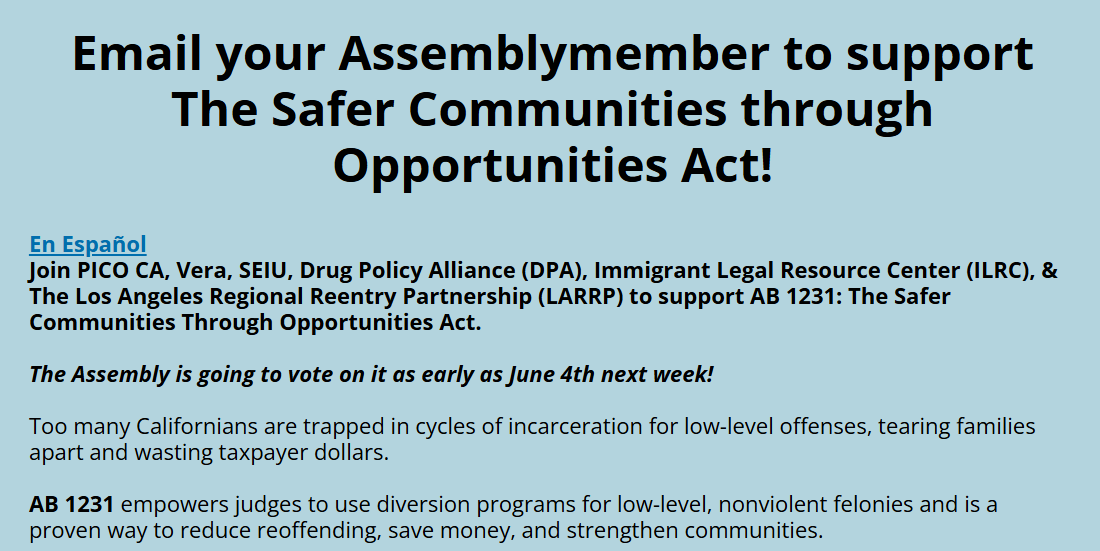
Felony Murder Elimination Project is asking our advocates and supporters to help us take quick legislative action and reach out to your assemblyperson to urge them to support Assembly Bill 1231, the Safer Communities through Opportunities Act. AB 1231, authored by Assemblywoman Sade Elhawary (D57-Los Angeles), aims to expand pretrial diversion programs for certain felony offenses in California. The bill would allow courts to grant diversion for non-violent, non-sexual felonies, requiring consultation with both the prosecutor and defendant.
To qualify, the court must find that the diversion plan poses no unreasonable risk to public safety and that the defendant is likely to benefit from the program. This legislation represents a shift towards rehabilitation over incarceration, potentially reducing jail populations and offering alternative pathways for offenders.
Pretrial diversion programs are alternatives to the traditional criminal justice process where defendants are diverted from court proceedings and into a supervised program. Pretrial diversion programs offer a more cost-effective alternative to pretrial incarceration, providing significant benefits for both public finances and individual outcomes.
The primary cost savings come from reduced incarceration expenses. Jailing individuals pretrial is expensive, with daily costs ranging from $50 to $150 per person, depending on the state and facility. By diverting eligible individuals from jail, states can save substantial amounts of money. For instance, a study in Washington state found that diversion programs reduced jail population size by 6.3% over 10 years, leading to significant cost savings.
Beyond direct incarceration costs, pretrial diversion programs also lower administrative expenses. Traditional incarceration involves numerous court appearances, legal proceedings, and administrative tasks, all of which incur costs. In contrast, diversion programs often have more streamlined processes, reducing the need for multiple court appearances and associated costs.
Most importantly, pretrial diversion programs lead to improved outcomes that result in long-term savings. Studies consistently show that these programs can reduce recidivism rates. For example, a study in Illinois found that diversion participants had a reduced likelihood of future re-arrest. This lower recidivism means fewer future incarcerations, leading to substantial long-term cost savings for the criminal justice system.
The focus on rehabilitation rather than punishment is another key factor in the cost-effectiveness of diversion programs. These programs often provide treatment for underlying issues like substance abuse or mental health problems, which can be more cost-effective than incarceration. By helping individuals address the root causes of their behavior, diversion programs can lead to more productive members of society, reducing future costs to the system.
Comprehensive studies by the
National Institute of Justice highlight the financial benefits of prosecutor-led diversion programs. Overall, these studies found significant reductions in the probability of conviction, jail sentences, and future re-arrests, along with sizable savings in costs and resources, a data-driven approach that demonstrates the clear economic advantages of pretrial diversion.
Here's how you can show your support for AB 1231:
- Share the bill information and support email on your Facebook page
- Tweet it to your followers on Twitter
- Send an email directly to your contacts
We are so thankful for the hard work and advocacy our supporters take upon themselves to further our shared goals in creating and fairer and more just criminal justice system. Please feel free to share this information with your followers who share those goals.

